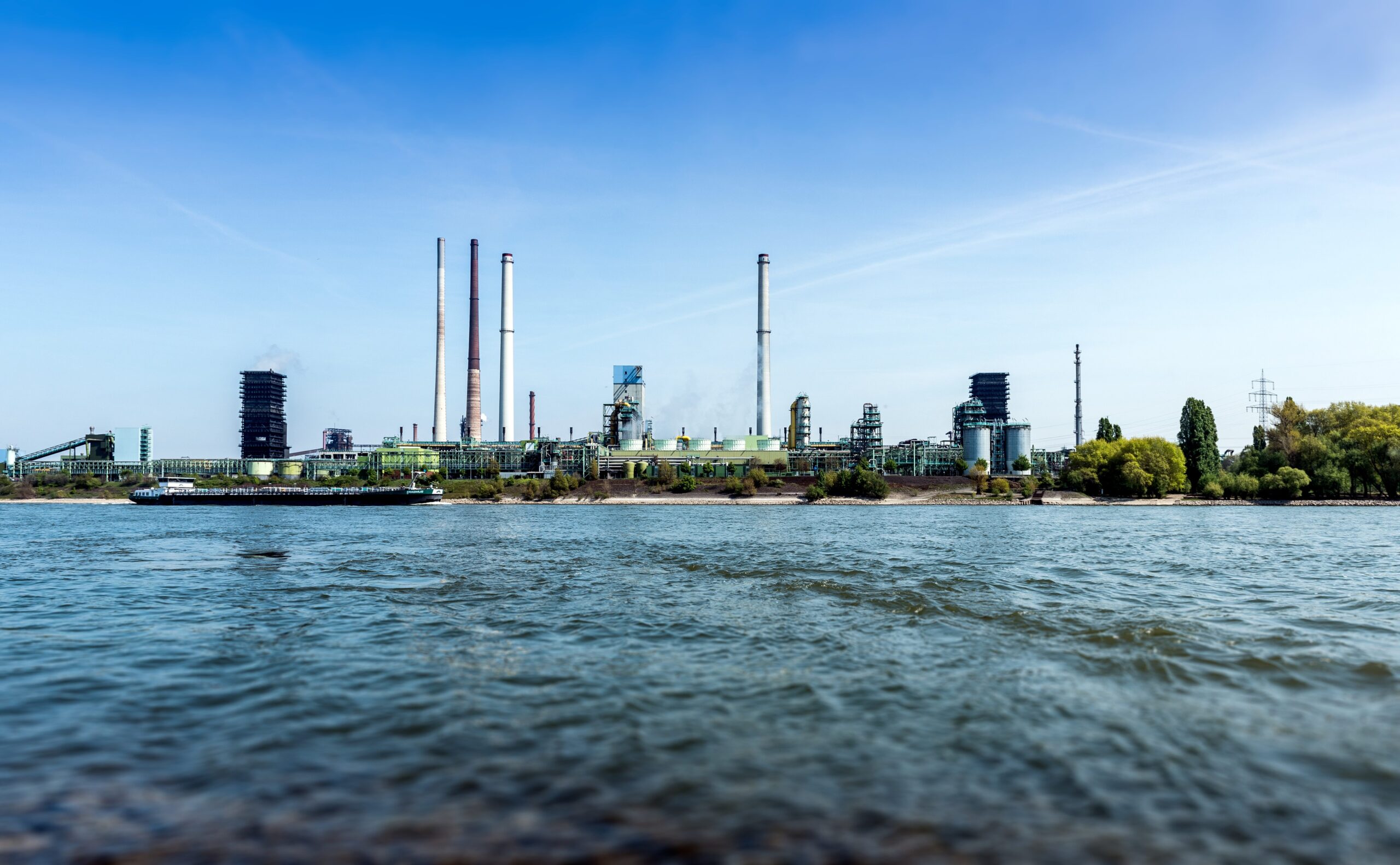This will take place via two interlinked funding instruments, namely “Initial Grant” and “Conditional Payment”, thus underwriting and promoting above all the innovative plant technology and an early end to the use of natural gas. The EU Commission’s state aid approval enables the German government to release the financial assistance applied for. The pioneering concept is characterized in particular by its innovativeness and the extremely ambitious hydrogen ramp-up. On the one hand, this will quickly save a lot of CO2, and on the other hand, “tkH2Steel” will become a driver of the European hydrogen economy. Consequently, it will function as a sheet anchor for investments in the rapid development of a cross-border hydrogen infrastructure. thyssenkrupp’s own investment is just under one billion.
Bernhard Osburg, Chairman of the Executive Board of thyssenkrupp Steel Europe AG: “Our project is an important contribution to achieving climate targets in Germany and Europe, and secures sustainable industrial jobs not only here but also in related industries. In this way, we can also demonstrate internationally that progress, prosperity and climate change mitigation are not mutually exclusive. We thank the German government and the state government of North Rhine-Westphalia for their continued and determined support for the green transformation of our steel production, and their confidence in our concept. We are now counting on a prompt formal approval by the German government.”
Pioneering concept with unique and innovative plant combination
The core of the “tkH2Steel” concept lies in the integration of a technologically new plant combination in Europe’s largest iron and steel plant. The 100% hydrogen-capable DR plant with two melters has a production capacity of 2.5 million metric tons of directly reduced iron per year (making for 2.3 million metric tons of hot metal). It is the first plant combination of its kind in the world with this technological concept. It will be a technological pioneer for the further decarbonization of the steel value chain and will guarantee, among other things, indispensable specialty materials for the success of the energy and mobility revolution. That is a significant step for industrial climate change mitigation in Europe: The annual saving will ultimately total up to 3.5 million metric tons of CO2. The startup is planned for the end of 2026. The plant is scheduled to operate as early as 2029 with around 143,000 metric tons of hydrogen per year – equivalent to filling the Oberhausen gasometer every two hours, 365 days a year.
Preparatory work for the construction of the plant is proceeding according to plan
Since an early start of the works had already been approved, thyssenkrupp Steel commissioned the SMS group from Düsseldorf with the engineering, supply and construction of the direct reduction plant, as well as the two melters and associated secondary units at the Duisburg location at the beginning of the year. The detailed planning and preparatory construction measures are already correspondingly advanced.

